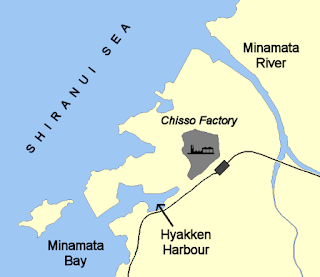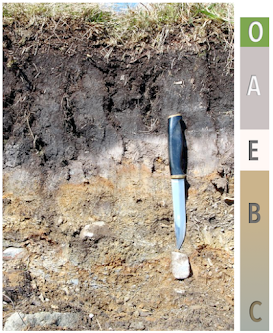COLIFORMS, FECAL COLIFORMS AND ESCHERICHIA COLI (E. COLI)
Coliform bacteria are rod-shaped Gram-negative non-spore forming and motile or nonmotile bacteria that can ferment lactose with the production of acid and gas when incubated at 35–37°C. Coliform bacteria often are considered indicators of fecal contamination and, thus, pathogenic enteric bacteria. Although coliform bacteria are often associated with enteric pathogens, the reverse is not necessarily true. Several coliform bacteria, such as Erwinia and Enterobacter, are often part of the natural flora of many vegetables and usually do not indicate a potential public health problem (Brackett and Splittstoesser, 1992). A related subset of the coliforms, fecal coliforms, often indicates the presence of Escherichia coli in water. The presence of this organism may be an indicator of fecal contamination and be related to the use of polluted irrigation water, feces, or poor sanitation and hygiene (Brackett and Splittstoesser, 1992). Thus, monitoring fecal coliforms may be helpful when water quality or proper hygiene is suspected, but positive results do not always indicate a problem.
The most basic test for bacterial contamination of a water supply is the test for total coliform bacteria. Total coliform counts give a general indication of the sanitary condition of a water supply.
- Total coliforms include bacteria found in the soil, in water influenced by surface water, and in human or animal waste.
- Fecal coliforms are the group of total coliforms that are considered to be present specifically in the gut and feces of warm-blooded animals.
- Escherichia coli (E. coli) is the major species in the fecal coliform group.
According to The World Health Organization (World Health Organization, 2022), Escherichia coli (E. coli) is a bacterium commonly found in the gut of humans and warm-blooded animals. Most strains of E. coli are harmless. Some strains, however, such as Shiga toxin-producing E. coli (STEC), can cause severe foodborne disease. It is transmitted to humans primarily by eating contaminated foods, such as raw or undercooked ground meat products, raw milk, and contaminated vegetables and sprouts. E. coli has also been isolated from bodies of water (such as ponds and streams), wells and water troughs and has been found to survive for months in manure and water-trough sediments. Waterborne transmission has been reported from contaminated drinking water and recreational waters.
Various methods exist to detect E. coli: PCR, gold nanoparticles, Solid Phase Cytometry, and Viable cell count. A straightforward way is through a viable cell counting on an agar plate. The bacterial sample is serially diluted (1:10, 1:100, 1:1000 etc.) in sterile water or Phosphate Buffer Saline (PBS) and plated on Tryptic Soy Agar plates or semi-selective media (such as MacConkey agar to isolate Gram-negative enteric organism selectively). The plates are sealed and incubated in a 37˚C incubator overnight. When counting the colonies the next day, a count between 20 and 200 accurately represents concentration. A simple biochemical test performed on isolated pure colonies is further required to positively identify E. coli from other organisms.
References:
Health Canada. (2012). Guidelines for Canadian Recreational Water Quality. Third Edition. Ottawa: Minister of Health.
Li, D., & Liu, S. (2018). Water quality monitoring and management: basis, technology and case studies. Academic Press.
Taylor, S. (2012). Postharvest handling: a systems approach. Academic Press.
World Health Organization. (2022). E. coli. Retrieved from World Health Organization: E. coli (who.int)
Determining the best method to detect E. coli - StarFish Medical
References:
Health Canada. (2012). Guidelines for Canadian Recreational Water Quality. Third Edition. Ottawa: Minister of Health.
Li, D., & Liu, S. (2018). Water quality monitoring and management: basis, technology and case studies. Academic Press.
Taylor, S. (2012). Postharvest handling: a systems approach. Academic Press.
World Health Organization. (2022). E. coli. Retrieved from World Health Organization: E. coli (who.int)
Determining the best method to detect E. coli - StarFish Medical


